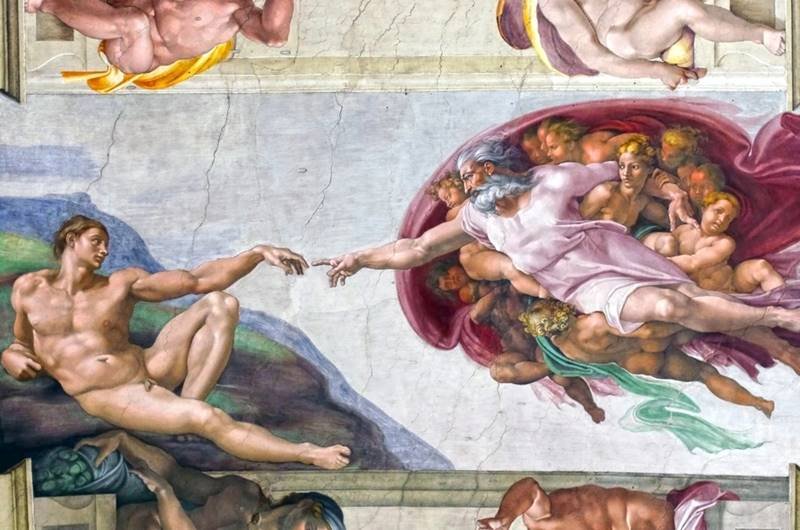The Sistine Chapel, located within the Apostolic Palace in Vatican City, is one of the most celebrated artistic and spiritual landmarks in the world.
Renowned for its breathtaking frescoes by Michelangelo and other prominent Renaissance artists, the chapel serves as a place of worship, a venue for significant papal ceremonies, and the site of the papal conclave.
Visiting the Sistine Chapel is a profound experience that combines art, history, and faith in an extraordinary way.
About the Chapel
Built between 1473 and 1481 under the direction of Pope Sixtus IV, the Sistine Chapel was initially designed to serve as the pope’s private chapel and a ceremonial venue. Its architecture reflects the proportions of Solomon’s Temple as described in the Bible, symbolizing a connection to divine tradition. The chapel’s simple exterior contrasts with its richly adorned interior, making it an unexpected treasure.
The ceiling and altar wall of the chapel are adorned with frescoes that have become iconic symbols of Western art. Michelangelo’s contributions, painted between 1508 and 1512 for the ceiling and 1536 and 1541 for The Last Judgment, transformed the chapel into an unparalleled masterpiece.
Michelangelo’s Ceiling
The ceiling of the Sistine Chapel is a visual narrative of humanity’s relationship with God, comprising nine central panels depicting scenes from the Book of Genesis. Among these is The Creation of Adam, an image that has become one of the most recognizable works of art in history. Surrounding these scenes are vibrant depictions of prophets, sibyls, and ancestors of Christ, all rendered with Michelangelo’s unparalleled mastery of anatomy and expression.
The ceiling’s complexity reflects Michelangelo’s deep understanding of theology and his innovative artistic techniques. The use of perspective, foreshortening, and vivid colors creates a sense of depth and movement, drawing viewers into the biblical narratives.
The Last Judgment
Painted on the altar wall, The Last Judgment is a monumental fresco that portrays the second coming of Christ and the final judgment of souls. The dynamic composition, filled with dramatic poses and powerful expressions, captures the emotional intensity of salvation and damnation. This work, commissioned by Pope Clement VII and completed under Pope Paul III, reflects the spiritual and artistic challenges of the Counter-Reformation era.
Other Artistic Contributions
The walls of the Sistine Chapel feature frescoes by Renaissance masters such as Sandro Botticelli, Domenico Ghirlandaio, and Pietro Perugino. These works depict scenes from the lives of Moses and Jesus Christ, emphasizing the continuity between the Old and New Testaments. Together, these frescoes provide a rich context for Michelangelo’s later additions.
Where to See It
The Sistine Chapel is part of the Vatican Museums, and entry is included in the standard museum ticket. Visitors typically pass through several galleries before reaching the chapel, making it the grand finale of the tour. The chapel’s sacred atmosphere requires silence, and photography is strictly prohibited, allowing visitors to fully immerse themselves in the experience.
Visitor Tips
To make the most of your visit, consider joining a guided tour. Expert guides provide valuable insights into the history, symbolism, and artistic techniques of the frescoes, enhancing your understanding and appreciation. Arriving early or booking an exclusive early-access tour can also help you avoid the crowds, ensuring a more serene and personal experience.
The Sistine Chapel is not just a highlight of the Vatican Museums but a testament to the enduring power of faith and creativity. Its beauty and significance continue to inspire awe, making it a must-see destination for art lovers and pilgrims alike.

